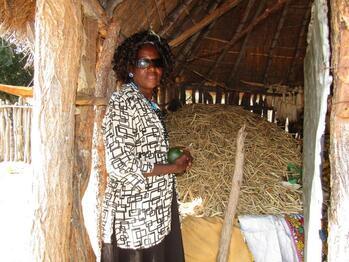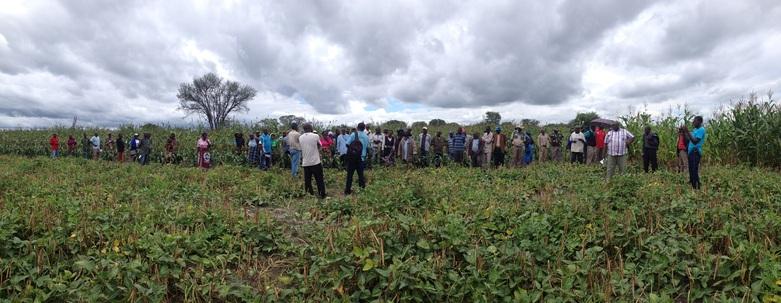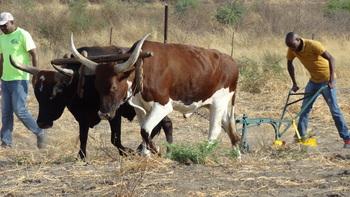Context
There is a pressing need to adapt agriculture to climate change in Namibia. This is particularly true for the country’s northern communal areas. More than half of Namibia’s 2.3 million inhabitants live in this region. Their main activity is subsistence farming in the form of rain-fed agriculture. Already now, productivity levels are low for both crop and livestock farming. In the case of crop farming, this is mainly due to infertile soils and unreliable rainfall. A few small-scale farmers make use of irrigation; however, this method has limited potential and is capital-intensive. Moreover, climate change will aggravate the situation. Namibia is one of the most arid countries south of the Sahara. Forecasts suggest that it is also likely to be among those most affected by climate change. Temperatures and the variability of rainfall are rising sharply, and droughts and floods are occurring more frequently. Yet small-scale farmers still make little use of climate-adapted farming methods. In an effort to increase the adoption of climate adapted farming methods, the Namibian government launched the “Comprehensive Conservation Agriculture Programme 2015-2019” in 2015. Conservation Agriculture (CA) is a production system based on the principles of minimum mechanical soil disturbance, permanent soil cover, and crop rotation. The method reduces erosion and helps to use water more efficiently. It is therefore well suited to increase resilience against climate change. CA can be practiced manually or mechanically. The manual potholing method, where a hoe is used to dig planting holes, is labour intensive and therefore only suitable for small areas. There are several variations of the mechanised form of CA, either animal-drawn or tractor-drawn. The main method used in Namibian pilot areas is the ripper furrowing method, where furrows with a depth of approximately 30 cm are created that break through the compacted soil (“hard pan”). Though CA can help increase resilience against climate change, it also faces challenges, which need to be addressed. E. g., the biomass required to ensure soil cover is not easy to obtain due to low productivity and competition for biomass. Another problem is weeds: since ploughing is no longer practised in CA, weeds may increase particularly in the first years after conversion to CA. These and other issues need to be addressed in order to make CA a successful and sustainable production system.
Objective
Small-scale farmers in northern Namibia are successfully using climate-adapted farming methods.


